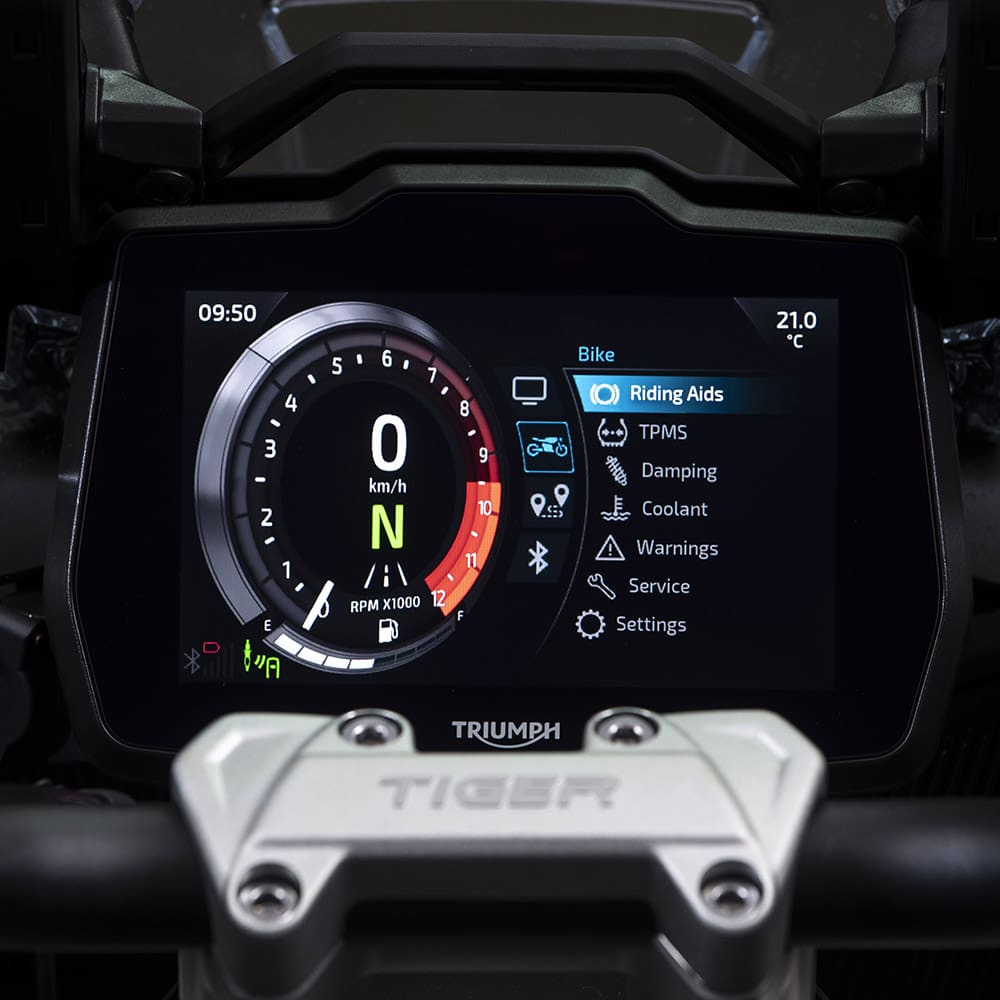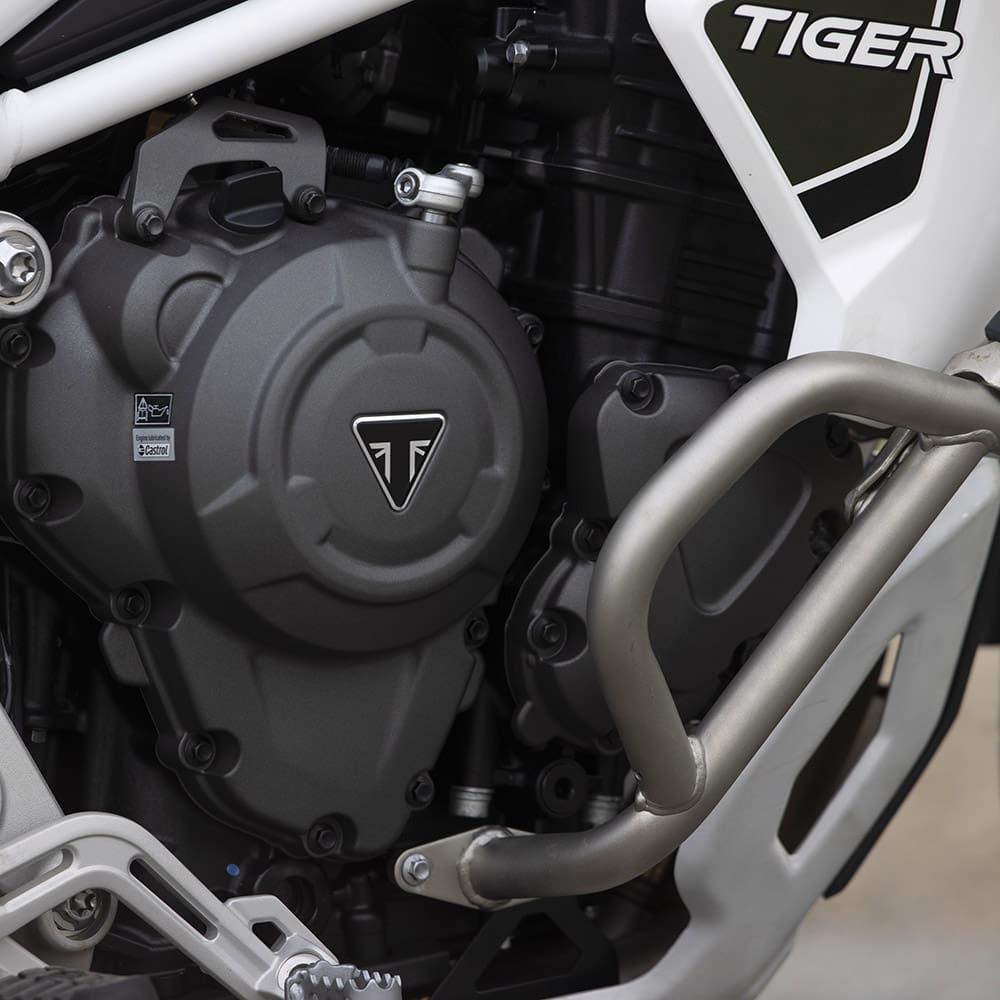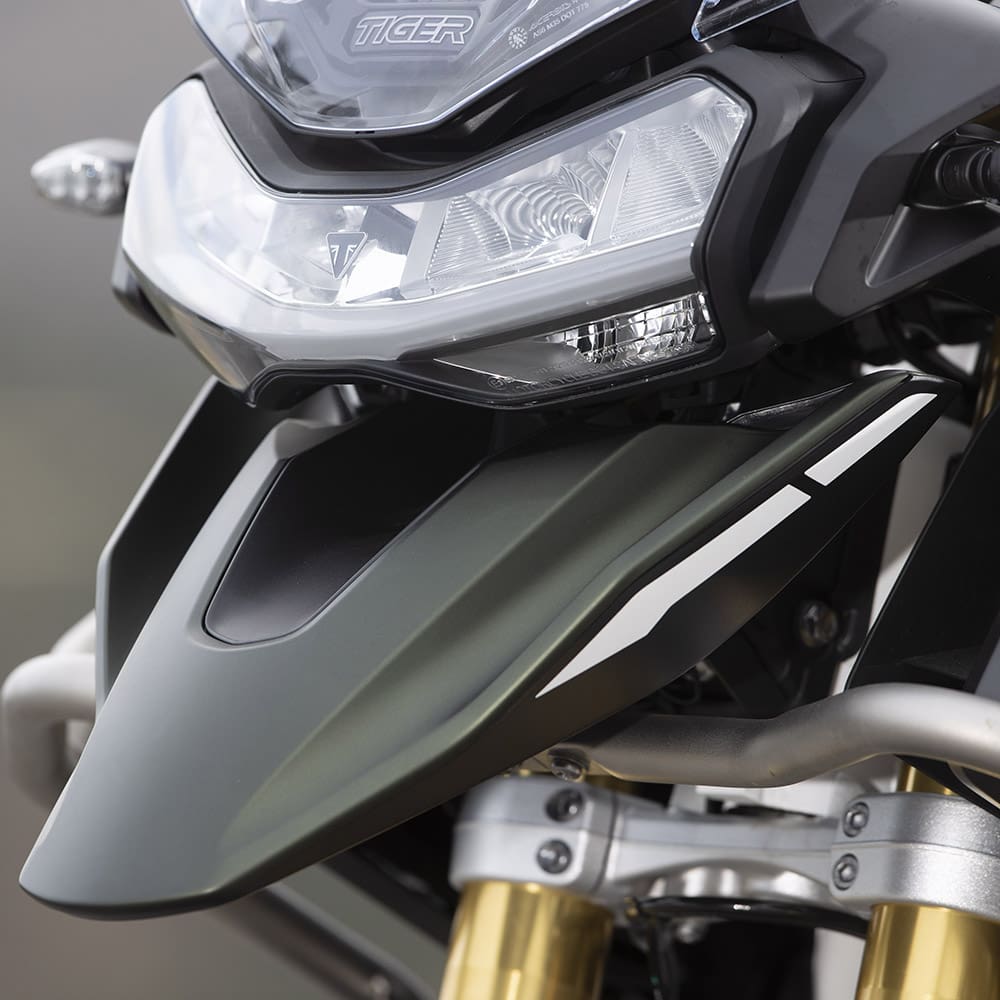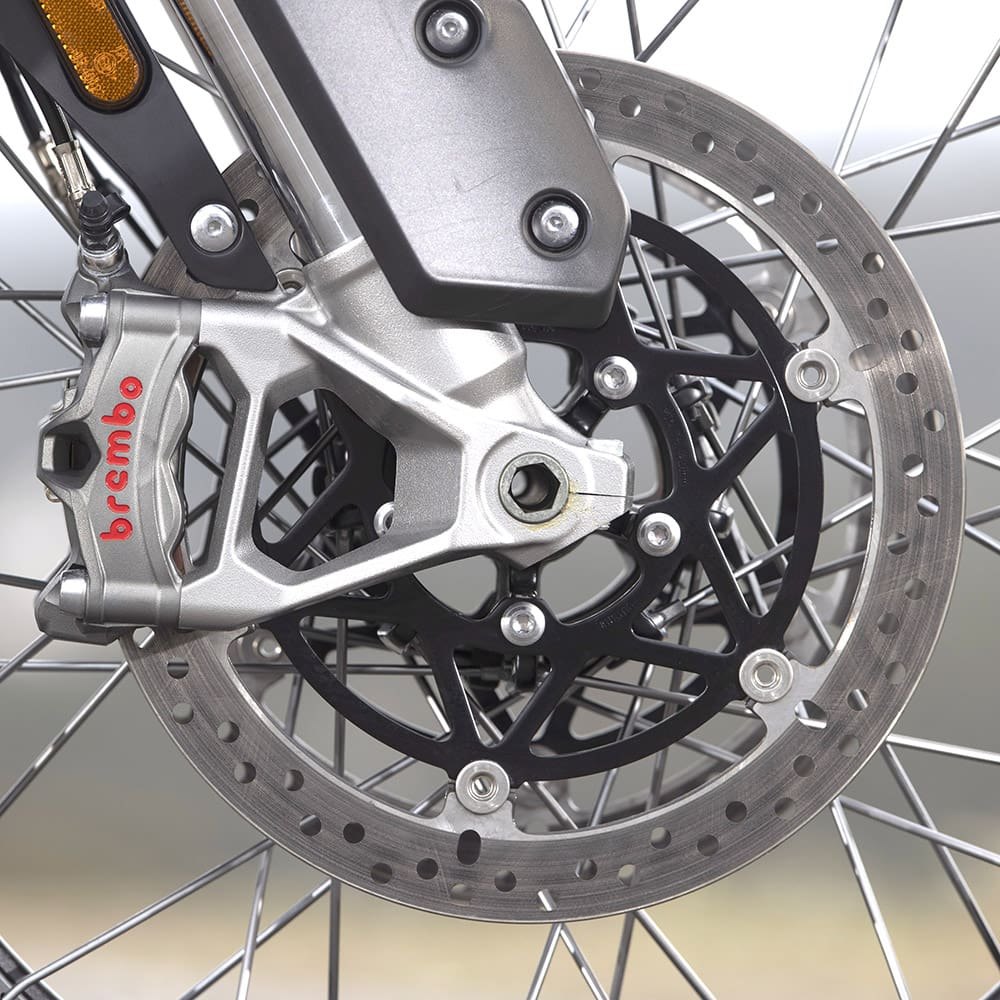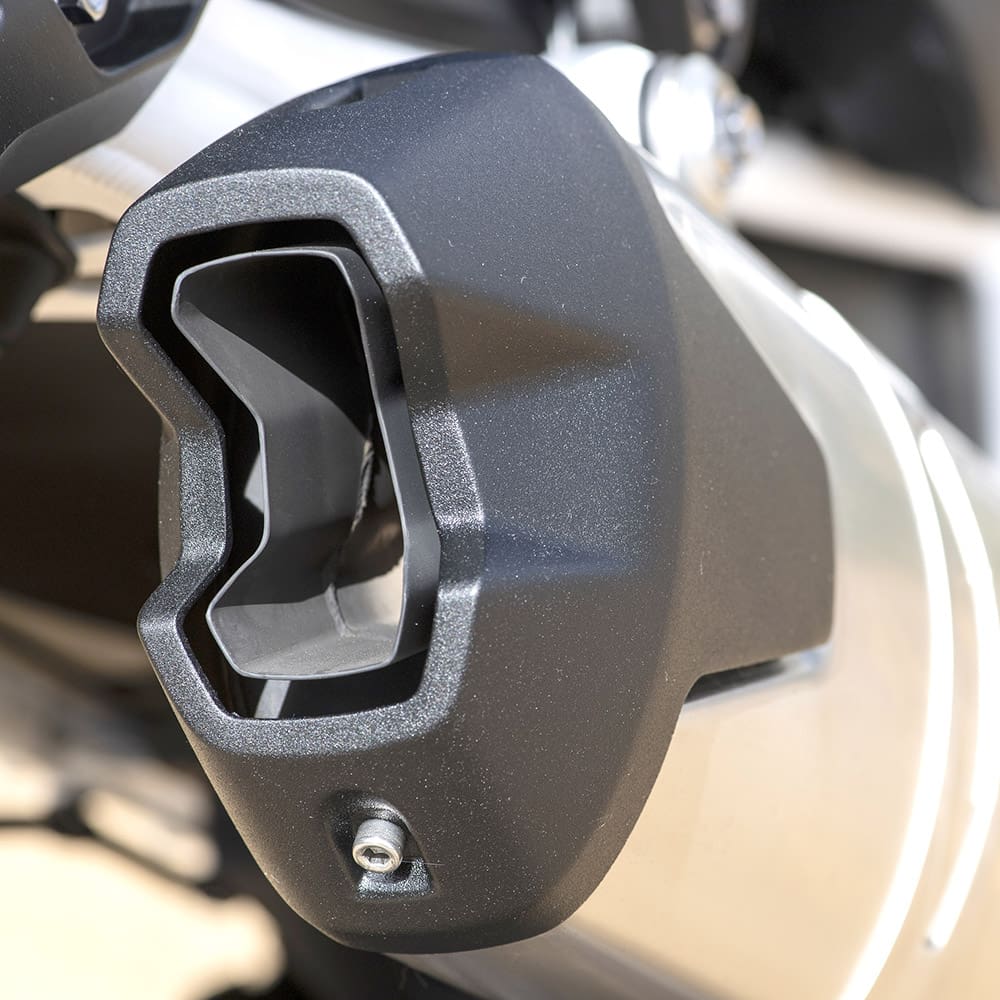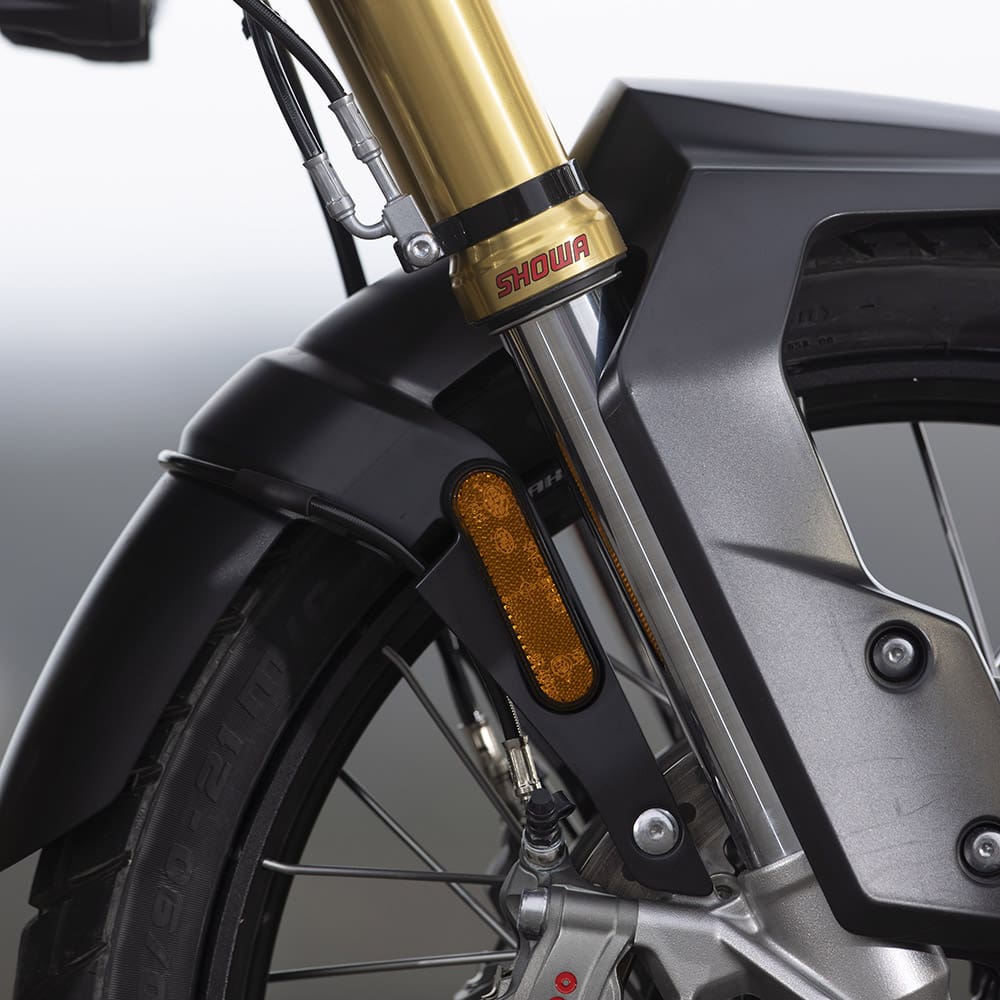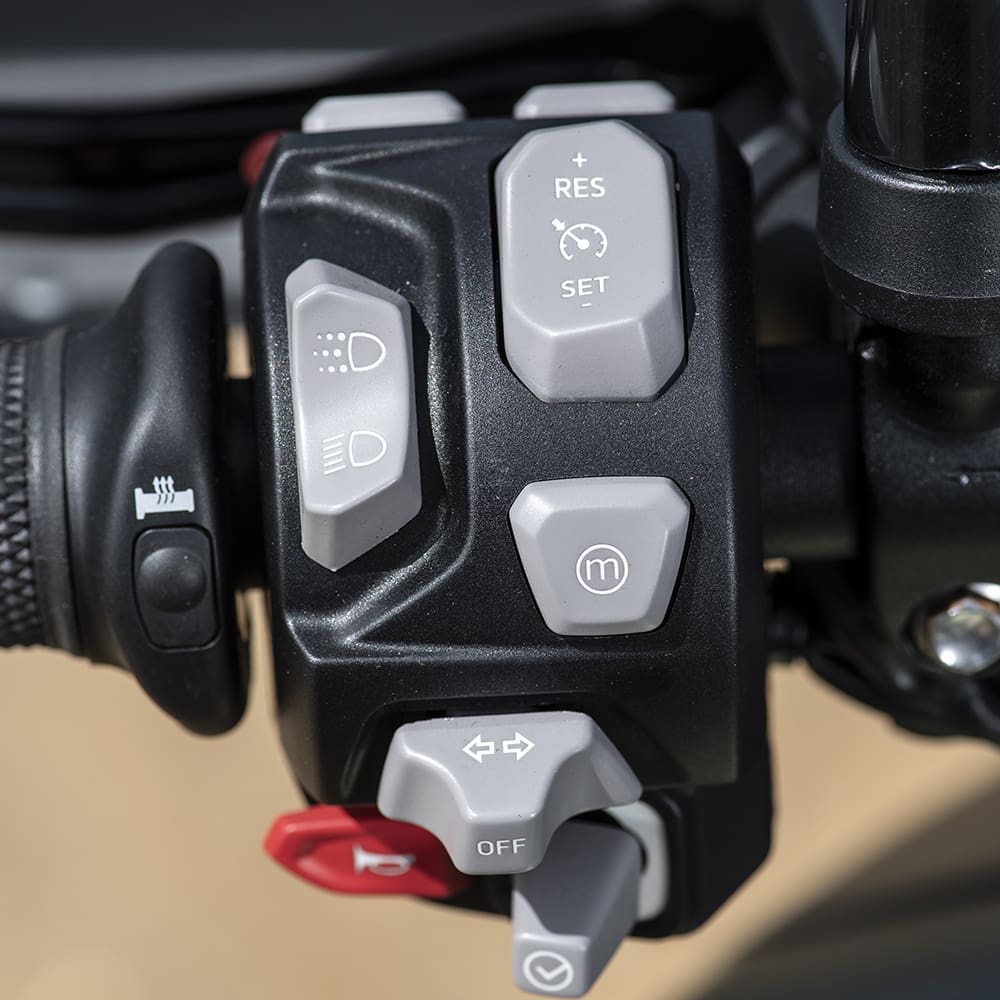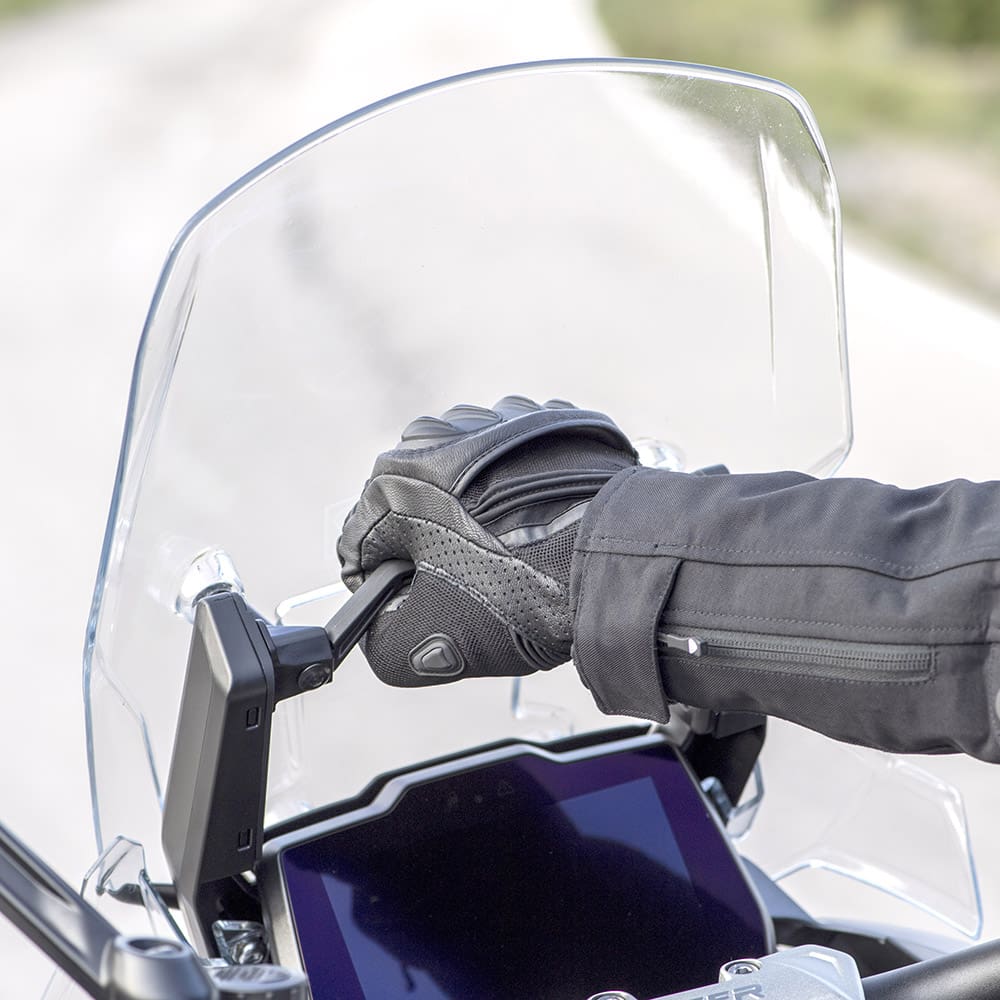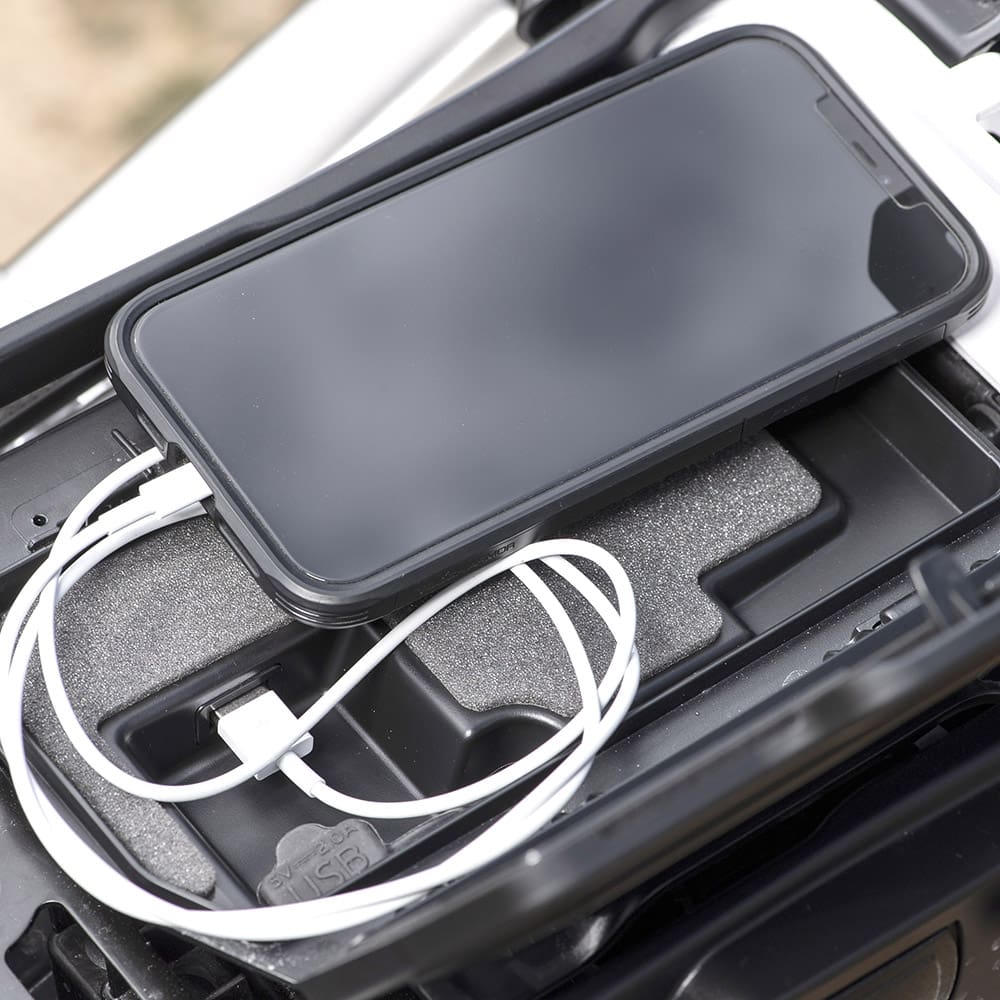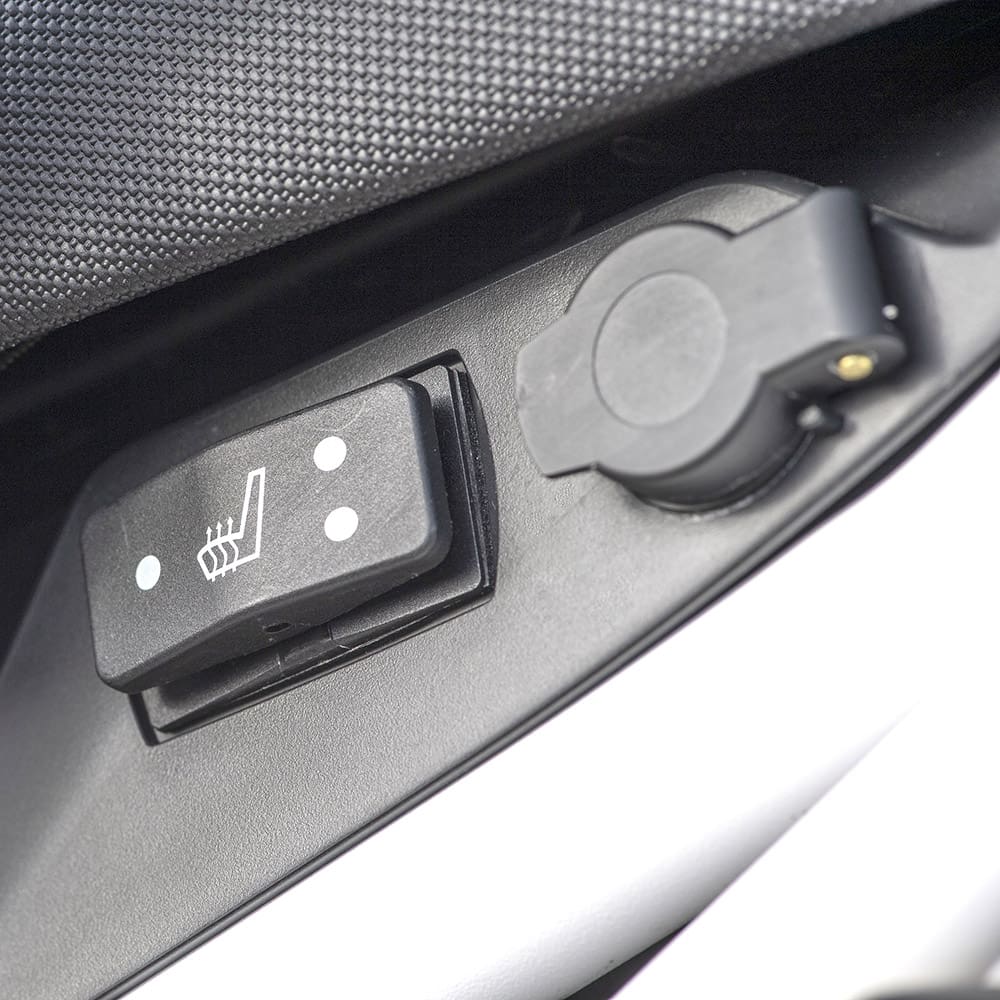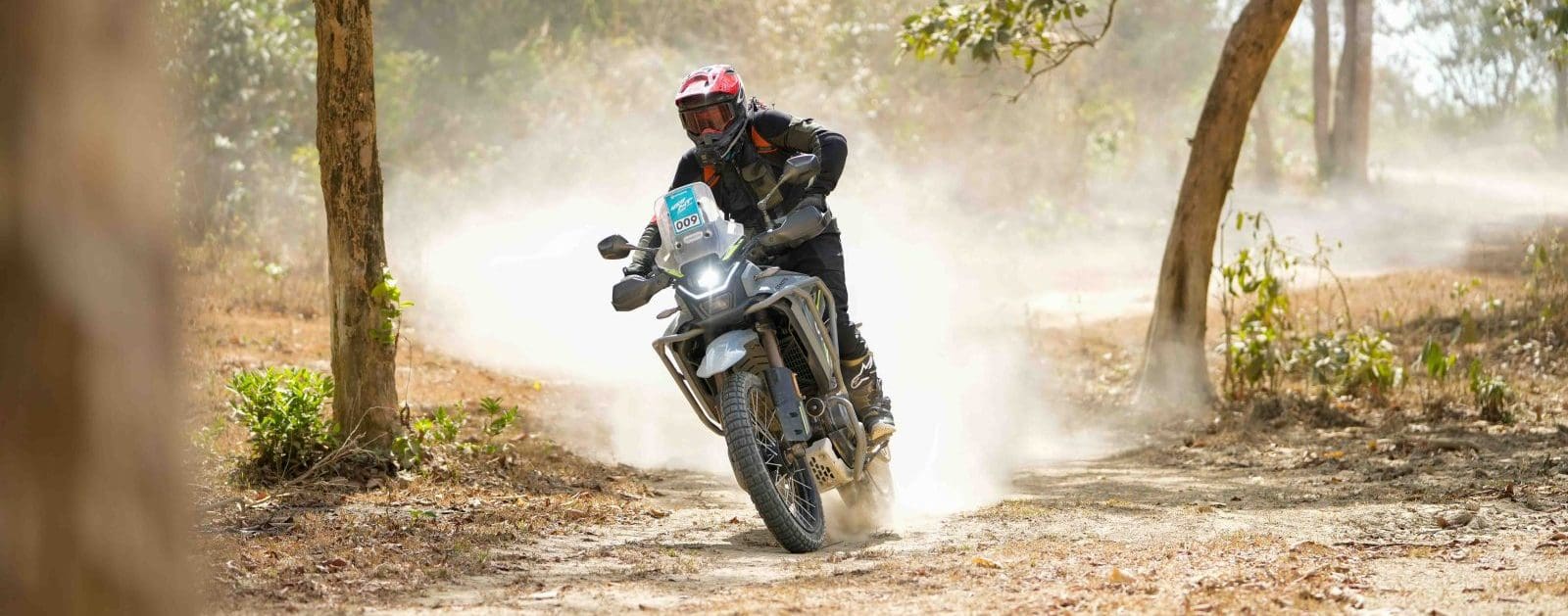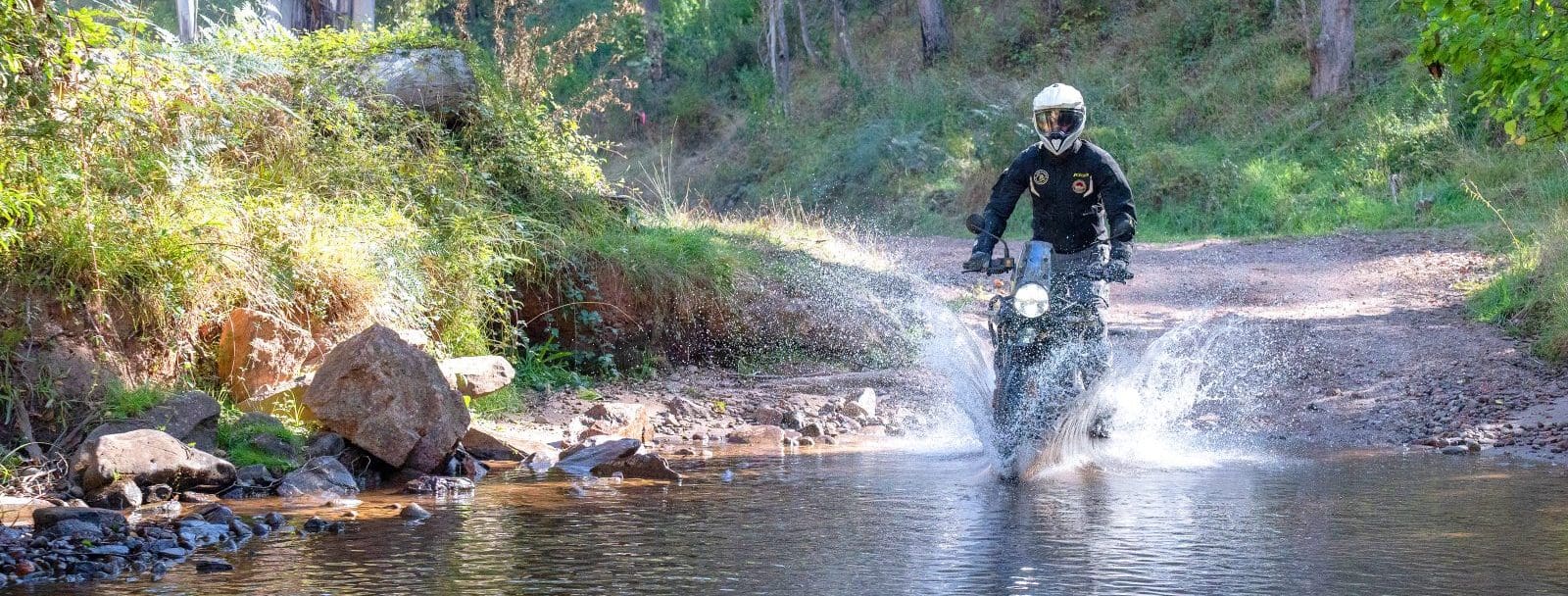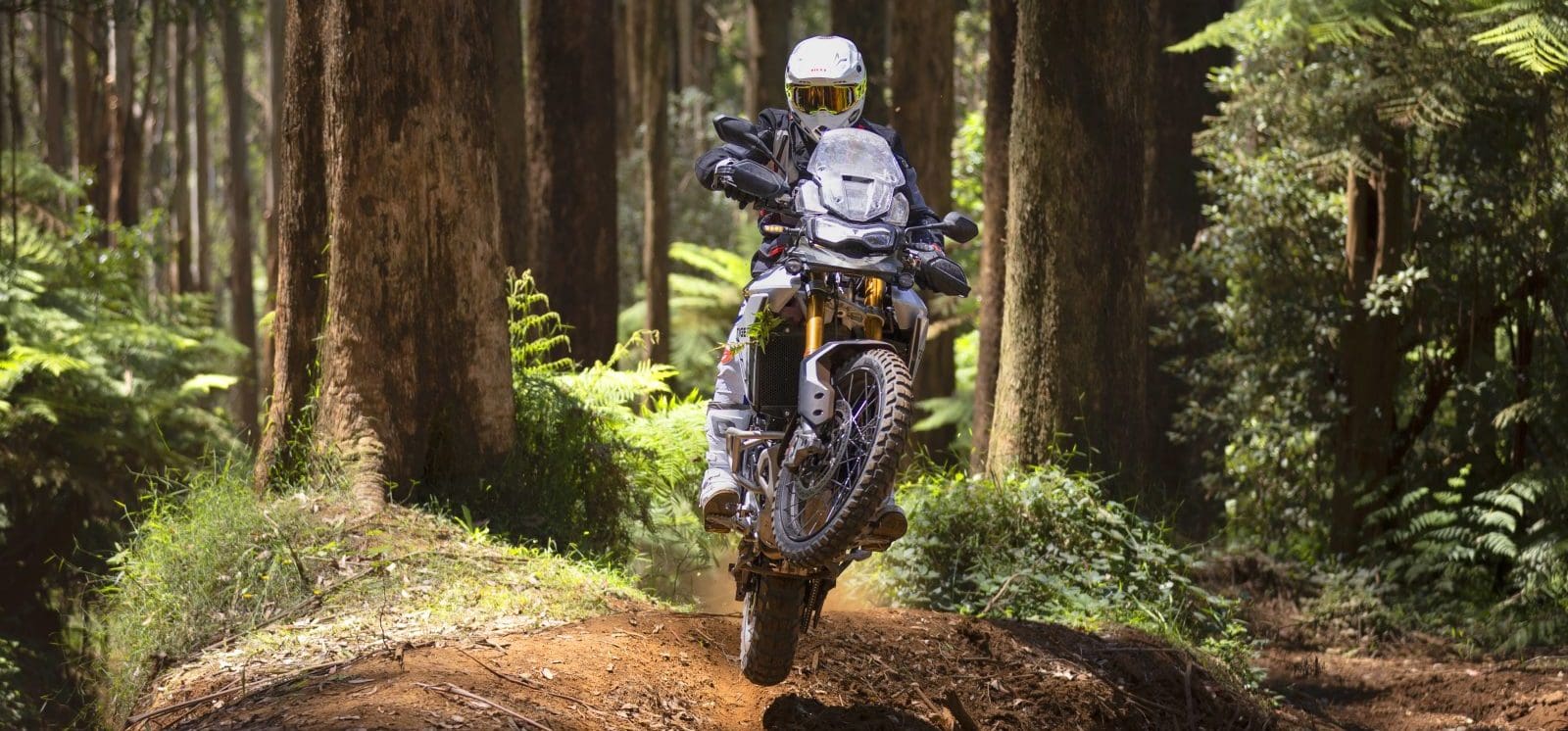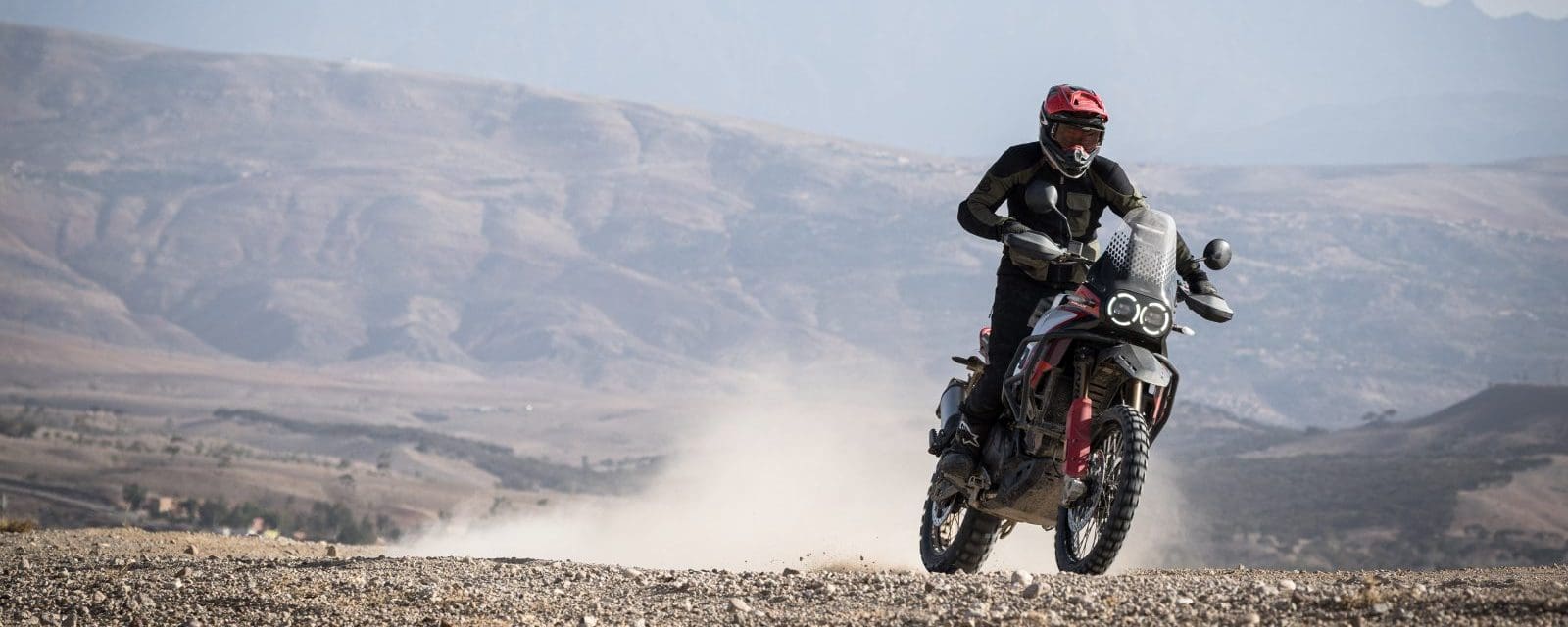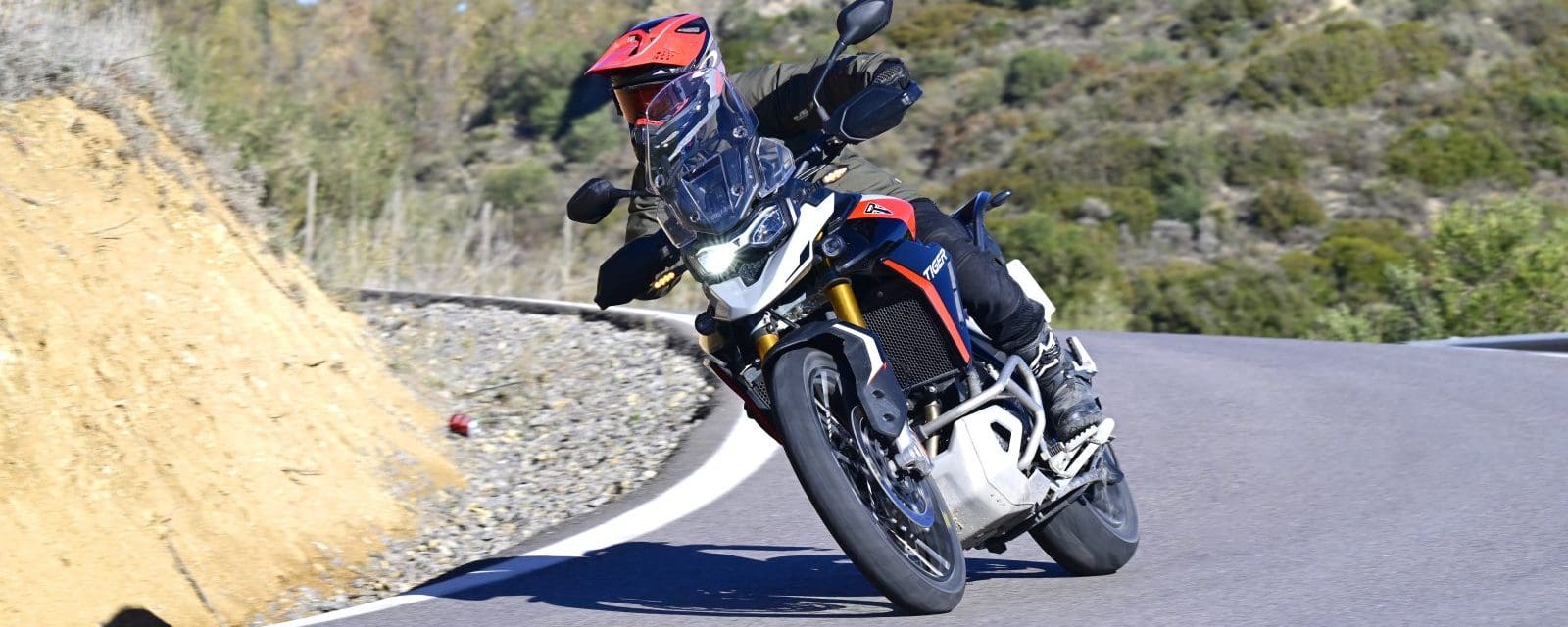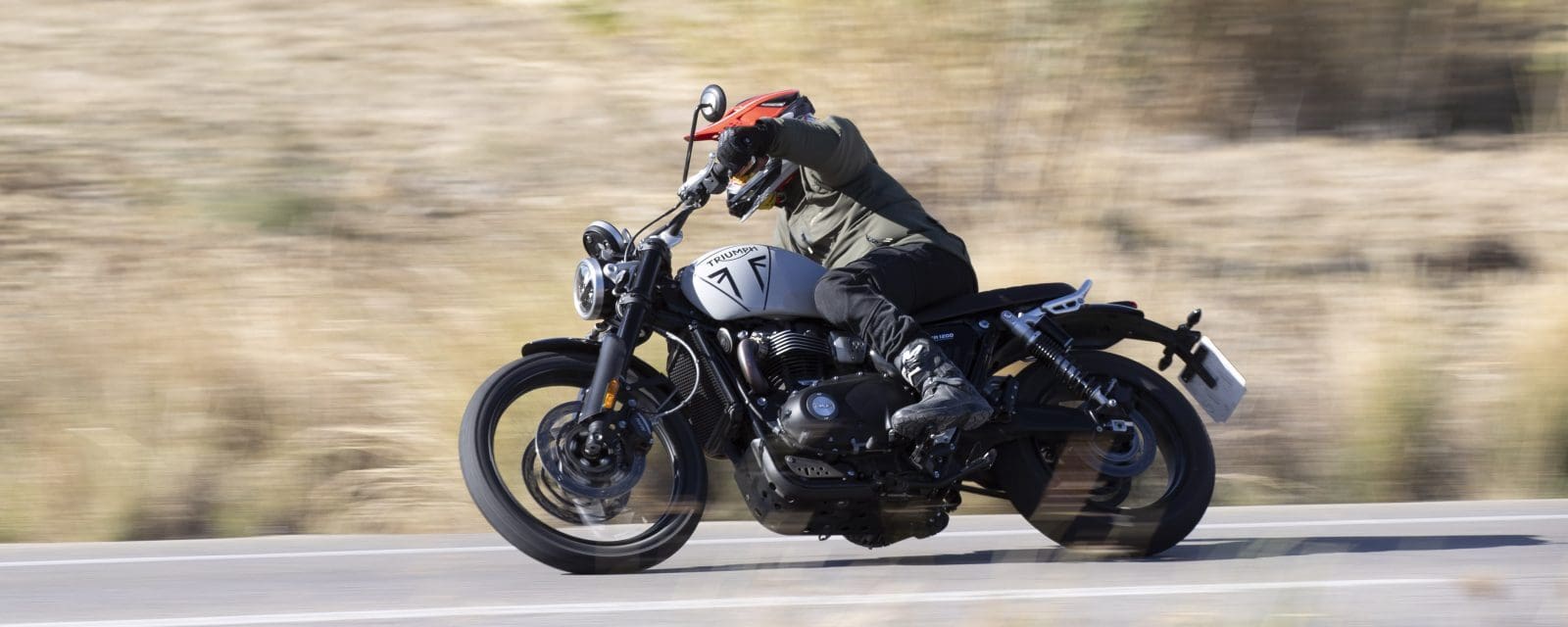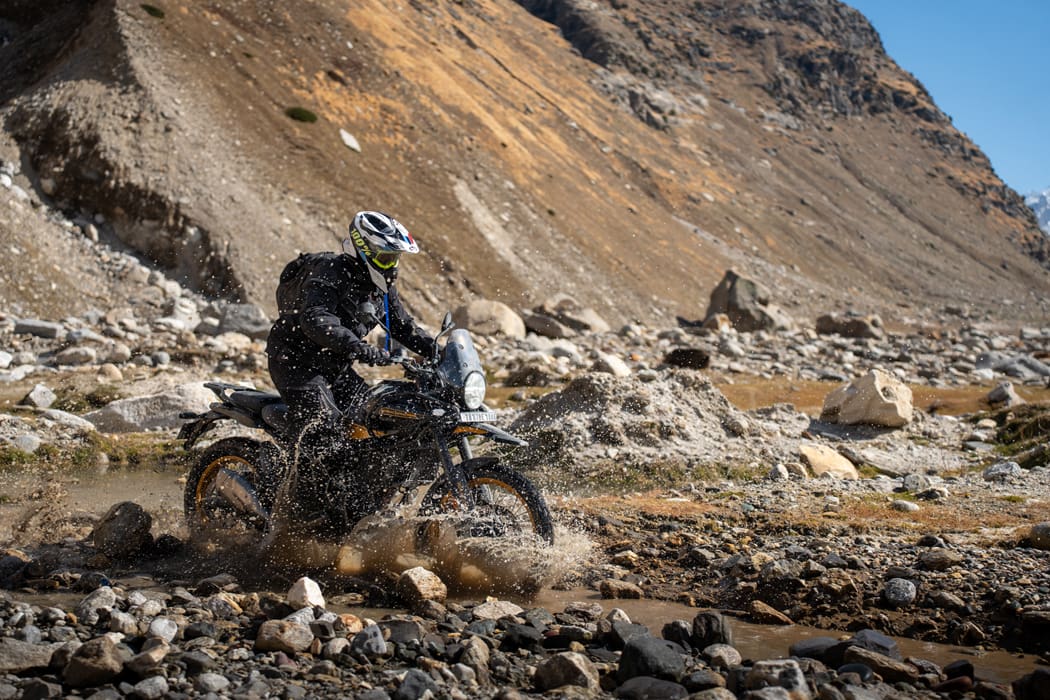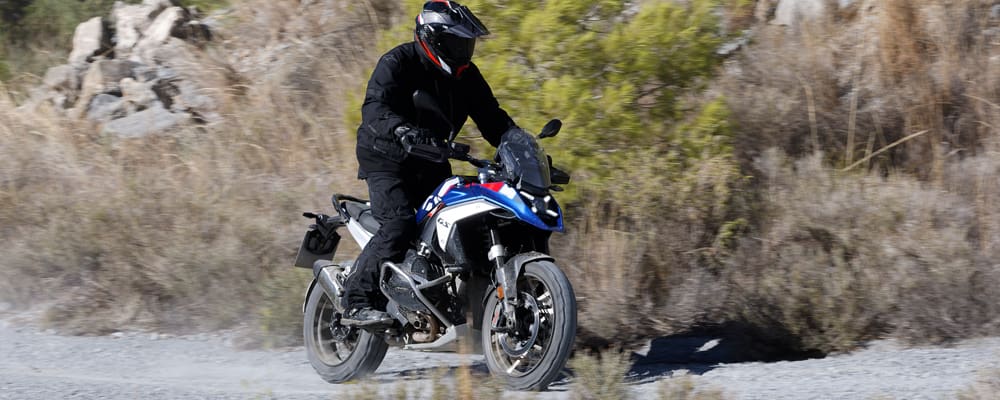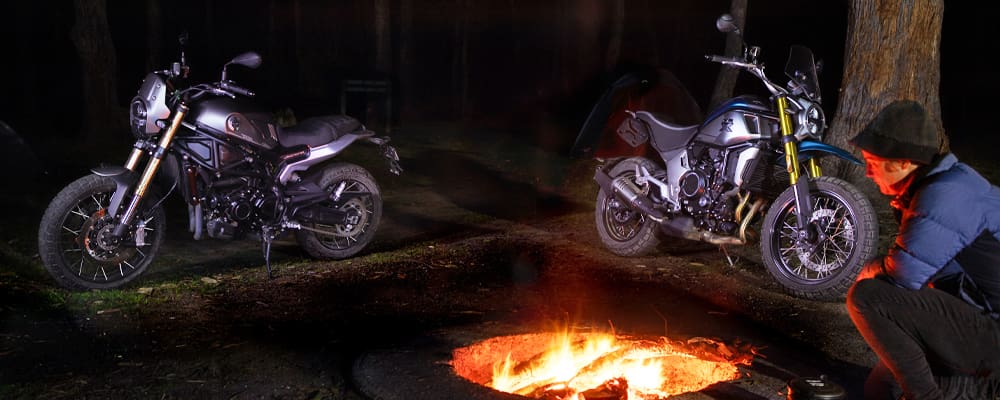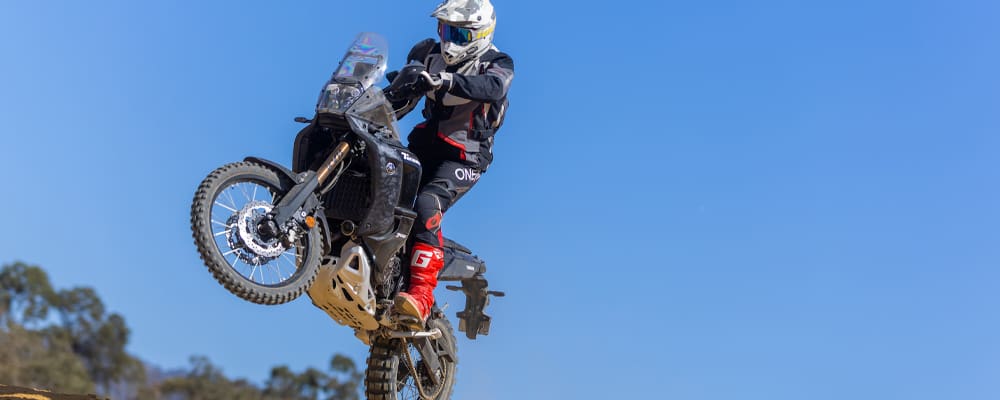David Watt was lucky enough to tag along to the 2022 Triumph Tiger 1200 launch in South Australia.
There is no point in doing things by halves, so Triumph gave itself three clear objectives when redesigning the Tiger 1200 range. Dynamic road handling, superior touring ability and genuine off-road capability. To tick all these boxes on one bike is possible, but that one bike wouldn’t appeal to every single buyer. As a result, there are four models to choose from in Australia. There’s two road-biased versions in the Tiger 1200 GT Pro and GT Explorer, then there’s two off-road oriented versions in the Tiger 1200 Rally Pro and Rally Explorer. We attended the Australian launch and saddled up on the two Tiger 1200 Rally off-road models.

Carrying on the theme of not doing things by halves, we set off on a five-day adventure, starting from Adelaide in South Australia, we headed north to Arkaroola Village at the northern end of the Flinders Ranges before making our way southeast to Mildura in western Victoria in a bid to cover as many different and tough conditions that would really put the Tiger 1200 Rally to the ultimate test.
This is a ground-up redesign with a 25kg weight saving over the previous Tiger Explorer. Starting with the chassis, the tubular-steel main frame copped a full re-think with a bolt-on aluminium rear subframe and bolt-on magnesium front subframe, while the pillion peg hangers are also removable. The single-sided swingarm was ditched for a dual-sided tri-link setup, which saves 1.5kg. The tri-link stops the shaft drive from squatting or standing up under acceleration, which allows for the suspension to control the rear wheel movement rather than being overpowered by the torque of the engine.
The Showa suspension is the fancy semi-active gear with 220mm of travel at both ends. The ECU automatically adjusts the preload and then monitors the suspension movement looking for pumping, squatting or the bike doing jumps to quickly adjust the damping in milliseconds. The suspension base map can be adjusted on the fly by the rider, independently of the rider mode you’ve selected, but the suspension performance is tailored specifically for road or off-road modes. For example, full hard in off-road mode will be much softer than full hard in road mode. I will say that the system is almost undetectable to the rider, which is a good thing. When stopped, if I bounce gently on the seat I can feel the suspension has very little damping, but when I start bouncing heavier on the seat I can feel the damping stiffen up to bring things back under control.

The 21-inch front and 18-inch tubeless spoked wheels are top spec, we had a few punctures on the trip but not one damaged a wheel, which is amazing considering the size of the rocks in the Flinders Ranges. A heavy bike needs good brakes, so Brembo’s top-shelf Stylema calipers are used to grab a pair of 320mm discs up front. Absolutely no complaints here, the brakes are simply excellent.
The heart and soul of the beast, the 1160cc T-plane crank triple cylinder engine has a new crank, balance shaft and cams to achieve an uneven firing order like the Tiger 900; boom-boom-pause-boom-pause. The result is better tractability lower in the rev range and it sounds almost like a twin now. It has completely changed the character of the bike for adventure riding compared to the old model. Power is up 6.5kW from the previous generation and the Explorer – which is the top of pile – with its 30L tank is 17kg less than BMW’s 1250 GS Adventure. Triumph also pointed out, that compared to the Tiger 900, there is a 58 percent increase in power and a 49 percent increase in torque, but only a 10 percent increase in weight. That puts into perspective how good this package is.
The Tiger may be 25kg down on the previous model, but it did not miss out of any of the features. The list of features is almost endless. Both the Rally Pro and the Rally Explorer feature LED lighting all round, lean-sensitive adaptive headlights, a two-way qucikshifter, hill hold control, traction control, linked ABS, adjustable engine maps, semi-active suspension, full Bluetooth connectivity for phone and GoPro, power outlets, adjustable seat height, adjustable screen height, keyless ride system incorporating fuel cap and steering lock, adjustable levers, cruise control, moulded hand guards, sump guard, engine protection, centre tand and heated grips. The Explorer gets a few extras like radar blind spot monitoring, lane change assist, heated front and rear seats, a tyre-pressure monitoring system, that 30L fuel tank and fuel tank protection bars. That’s a lot of motorcycle – and that’s before you’ve even reached for the accessories catalogue.
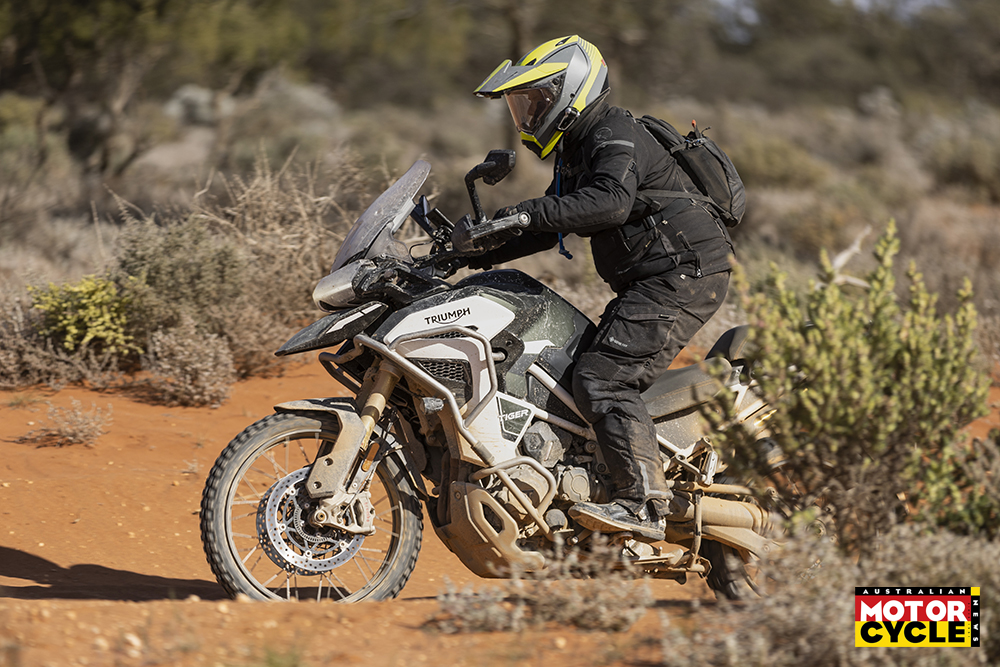
At first glance the new Tiger Rally looks more rugged and ready for action than the previous model. Its more compact around the headstem area and looks to carry its weight a bit lower. Things that jump out right away are the new swingarm, the 21-inch front wheel, bolt-on subframe, smaller muffler and compact windscreen – the whole bike just looks more aggressive.
Jumping onboard can be a bit tricky, as the seat is quite tall at 875mm. I’m not the tallest dude, so I went for the mounting-a-horse manoeuvre of putting my left foot on the left footpeg and slinging my right leg over the seat. Once saddled up with a full tank of juice you can feel there is a bit of weight up top. It is hard to hide 30 litres of go-go juice on a bike, but once underway, the heavy feeling becomes a distant memory.
Up front, the wide ’bars are swept back for a relaxed riding position while seated. The view out front is uncluttered, the simple manually adjustable windscreen protects the large full-colour seven-inch TFT dash from the weather as well as doing a decent job of protecting the rider. Backlit switch-blocks are a nice touch as there is a lot of buttons to play with. Thankfully the multitude of buttons are very easy to navigate and most of the work is done by your left thumb using a a toggle switch. Speaking of thumbs, thumbing the starter for the first time is a bit of a surprise. You’re greeted with an off-beat twin-cylinder feeling and sound from the big 1160cc triple. It is completely different to the smooth 1200cc triple from the previous model.

The first part of the ride had us escaping a cold and wet city and heading for the Adelaide Hills and the Barossa Valley so I had a bit of time to get my head around the controls and, most importantly, the heated grips and seat. Heading up through the mountains, the Tiger Rally really shows off its road-going credentials. The wide spread of power means that I can run a gear higher than usual without the risk of chugging down low in the revs and losing drive. The thumpy characteristic of the T-plane crank engine just digs in and powers away from low revs. The Tiger is easily steered from side to side up through the hills and holds its line with minimal effort from me. The bike is fitted with Michelin’s Anakee Wild, the tyre fitted for our epic adventure, so the Rally’s road-going ability was slightly compromised in favour of some extra off-road performance. On the road, the big 21-inch front wheel with knobby tyre feels a bit vague, of course, and even more so in the wet. But when pushing the front end a bit, the whole combination works quite well, even for off-road rubber.
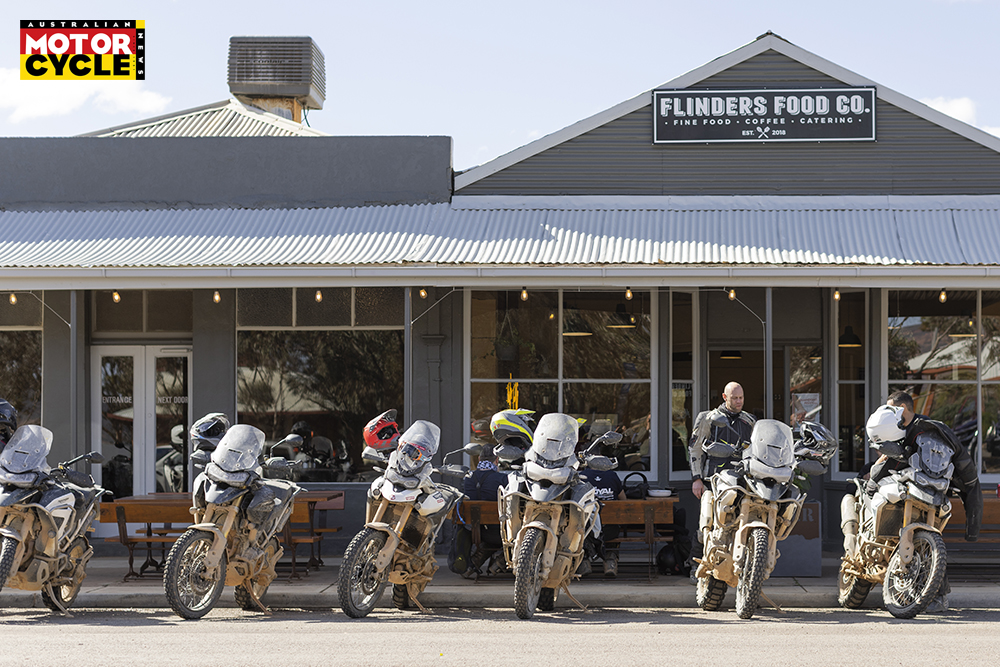
A giveaway of the slippery conditions is the traction control alert lighting up on the dash and the power momentarily being held back when you’re hard on the gas. Flicking my way through the different road modes on the fly, I find Rain mode to be a bit over sensitive for the off-road tyre performance. The normal Road mode is far more suitable and allows me access to full power rather than the restricted power in rain mode. These modes also adjust the damping and preload settings, so the rain mode, as well as being soft on power delivery, is also quite soft in the suspension department and more suited to urban or city riding with pot holes, manhole covers and tram tracks to negotiate.
Out in the hills, road or sport is much more suitable. Out on the open roads, the big 1200 rumbles away the kilometres in absolute comfort. Full days in the saddle are no problem thanks to the excellent compromise between support and squish from the adjustable seat. Clicking the cruise control on at highway speeds and relaxing in behind the screen saves energy for the excitement ahead. The T-plane engine cruises along with a gentle rumble that you can feel through the ’bars. It’s definitely not a buzzing feeling, or enough to upset the mirrors, rather a gentle reminder that the off-beat engine is ready for off-road action when the time comes.

But it’s when the bitumen turns to dirt that the Rally comes to life – but not before you pull over to engage one of the off-road modes. With that selected, traction control, ABS, the engine map and the suspension damping all transform the big Tiger into a much looser feeling machine. While seated, the bike feels lively on gravel roads. I quickly find that being assertive with the bike yields a much more enjoyment. The Tiger Rally responds really well to standing up and getting your weight over the front in slippery conditions. The bike goes exactly where you point it once you have some weight over the front wheel.
I liked the ’bars turned forward slightly allowing me to load up the front and lock into the bike with my legs while keeping my arms relaxed. Adjusting the damping within off-road mode makes for a bit of a magic carpet ride in the softer settings, but to increase performance and feel, it is best to have it in the stiffer settings. In the hardest setting, the suspension soaks up the smaller bumps without fuss and then when the tracks get really rough, the semi-active suspension reacts by increasing damping force to keep the bike from bottoming out. The big Tiger does struggle to absorb the big hits, but this is pure physics, because 260kg of bike plus the rider heading into a washout is bound for failure unless super heavy springs are fitted which will detract from the comfort level 90 percent of riders want.

And it’s the same scenario with heavyweight adventure machines from other brands, too. Riding these big adventure bikes is more about picking lines and adjusting speed than holding the gas open and sending it. Especially once it’s loaded up with luggage and/or a pillion. In fact, tackling the low-speed technical tracks is a whole lot easier than I expected. The Tiger is really well balanced and puts the power down well. Thanks to the T-plane crank and the tri-link swingarm, the mechanical grip is exceptional. Slow first-gear stuff needs a bit of clutch control however, as the gearing is quite tall, but I found that this encouraged me to keep my momentum up and roll through creek beds and sandy sections with the clutch out rather than trying to slip the clutch and risk breaking traction.
In the off-road modes the default engine map cuts power down to around 90 horsepower however the engine map can be adjusted in the menu while riding along if you feel the need for more power. I find that even in the off-road maps, the ride-by-wire throttle is still very touchy and trying to hold a steady throttle up rocky hills is a mission in tyre conservation as the Tiger will light up the rear wheel in a flash without traction control on.
Off-road Pro mode deactivates the traction control completely allowing for powerslides in any gear you find yourself in. It also turns ABS off completely for those technical sections. Oh and also lets you do sick wheelies if you can find enough traction in the dirt. A nifty feature is when you shut the bike off while you’re in one of the off-road modes, when you restart it, the bike gives you the option to stay on the off-road mode by clicking two buttons. If you don’t, it will default back to road mode. This is a massive timesaver for trips where you spend days in the dirt. Unfortunately, to engage or switch between off-road modes, you need to be stopped, even when the dirt turns back to bitumen, you will need to pull over and stop before you can change back to road mode. It wouldn’t be a major inconvenience to stay in off-road mode, except the suspension is softer in off-road mode and the safety net of traction control and ABS is gone.

Overall, the Tiger Rally has come a long way from the previous generation. It’s off-road manners are amazing and back on the road it is an epic tourer capable of serious days in the saddle. Based off the trip computer, I was good for 540km from the Explorer’s 30L tank while mainly off-road and covering some light sandy conditions. Getting over 600km out of it would be a piece of cake while touring – that is some serious range! The Tiger boasts 16,000km service intervals, the longest of the direct competition and a three-year unlimited kilometre warranty for peace of mind. The Tiger Rally Pro makes bank at $31,800 (ride away) and the Rally Explorer at $33,950. Not cheap, by any means, but considering the level of standard equipment on the Explorer it is excellent value for money. A similar-spec BMW GS Adventure Rallye is $36,022 (ride away).
Has Triumph met those three objectives? You bet it has, and a whole lot more. After five days of riding rocky trails, open roads and sandy terrain, I feel as fresh as when I started. I just want to keep riding.
Spoilt for choice
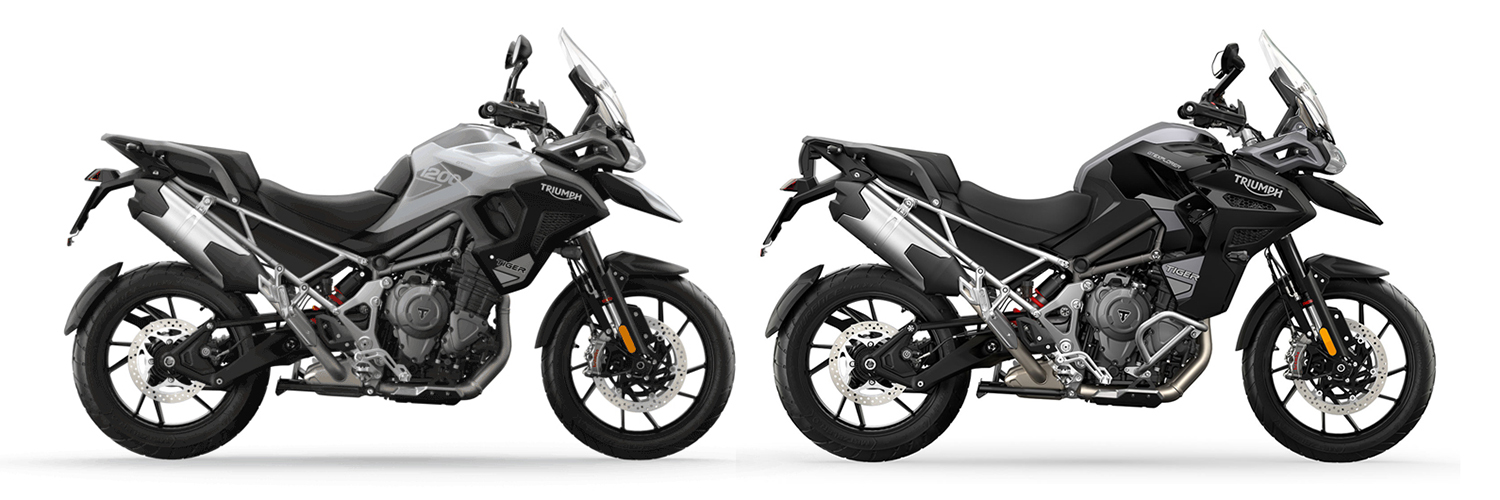
This is how the four-tier Tiger range lines up in Oz
In Australia, there will be four Tiger 1200 models to sink your teeth into. Not everyone wants to go exploring into remote destinations. There are two dedicated road models and the two off-road models I rode for this test.
The Tiger GT Pro and GT Explorer models come with 19-inch front and 18-inch rear cast-alloy wheels fitted with road-orientated Metzler Tourance tyres. The GT models feature five ride modes: Rain, Road, Sport, Off-road and User. With the full suite of rider aids and connectivity. They have a shorter 200mm suspension travel but employ the same spec semi-active Showa suspension and Brembo Stylema calipers.
The Explorer cops a few extra goodies like the 30L fuel tank, blind-spot radar, heated seats, lane-change assist and tyre-pressure monitoring system. Thanks to the shorter suspension travel and smaller front wheel the seat height is 25mm lower at 850mm and the rake and trail geometry is more road orientated for sportier handling on the black-top. Triumph quotes a range of 400km for GT Pro which has a 20L tank and 600km for the Explorer. And all luggage options fit all four models also. There is a Tiger 1200 for all.
![]()
Competition
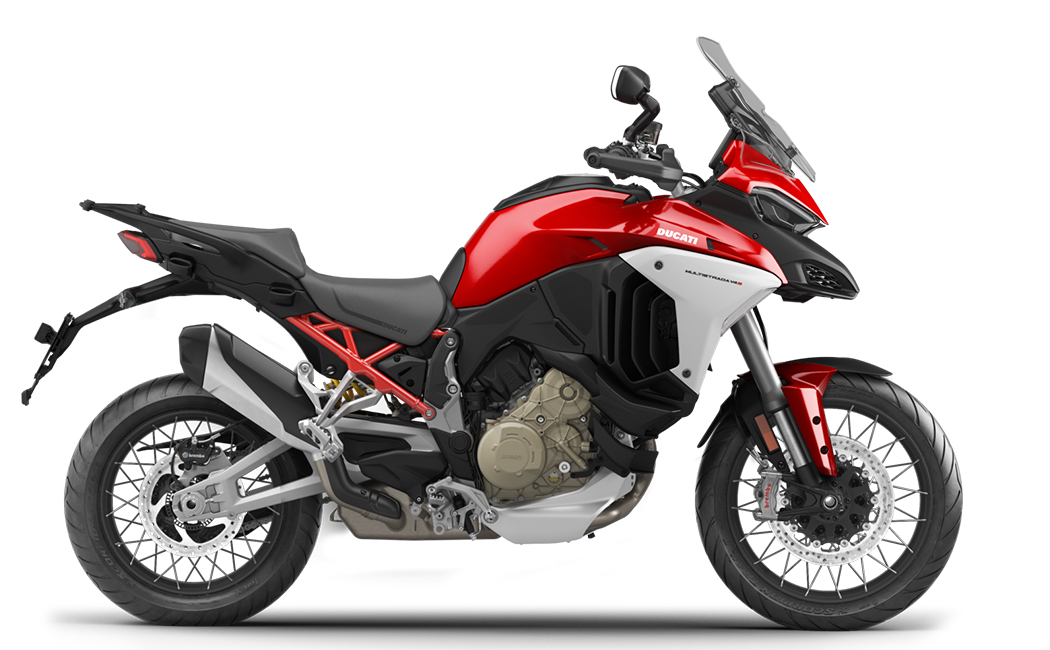
Ducati Multistrada V4 S
(spoked wheels)
$36,200 (ride away)

BMW R 1250 GS Adventure Rallye
$36,022 (ride away)

KTM 1290 Super Adventure R
$33,265 (ride away)
